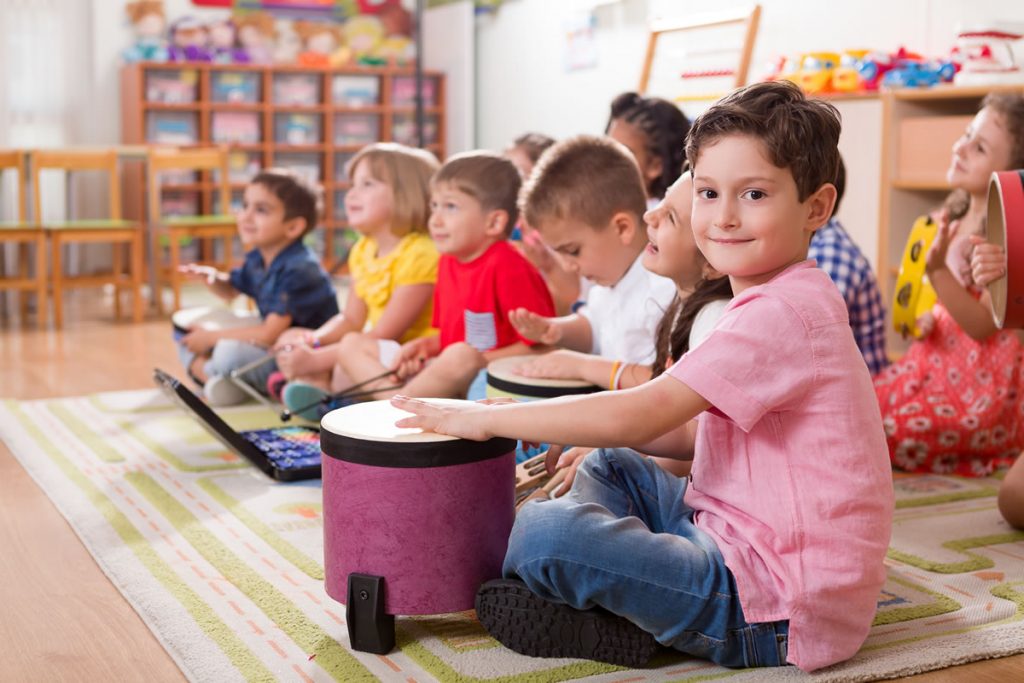The Macarsi method is not only intended to teach music, but it is also an excellent means for a correct integral learning of children . But who is Macarsi? Macarsi is the acronym for María del Carmen Silva, a music teacher and pedagogue and founder of this learning method . He is also the first person to carry out the method and apply it for the first time on his own daughter, the famous singer Natalia Lafourcade, as a method of rehabilitation after an accident she had at the age of 6 with a horse.
The premise of the Macarsi method is that every child needs to be well with himself for the development of his own learning . That is why the method consists of two types of training, musical training and comprehensive development , but let’s see below and in more detail, through this article, what exactly each stage of the Macarsi method consists of.
What does each point consist of?

Musical formation
The teacher must also influence musical training and seek to train the ear of his students so that he learns to recognize and interpret the qualities of sounds, in this way he develops his musical ear. It is a stage in which emphasis should be placed on learning:
- the accent of the beat of time.
- musical notation.
- the rhythm of the language.
- the movement.
It is also important that the child begins to practice an instrument of his choice, such as the violin, the guitar or the flute. The recommended age for children to start in music is from 5 years old , since it is when they are most permeable and attentive, although it can also be carried out with children of infants or older.
Comprehensive development in the Macarsi method
Regarding the integral development of the method, the child must receive teachings in 4 areas at the same time , which are: affective, social, intellectual and motor:
- In the effective area, it seeks to reinforce the child’s self-esteem, since confidence in himself and in the future is very important so that the little ones can face adversity and emerge strengthened from the challenges that arise in life.
- In the social area , the aim is to encourage empathy and companionship of the little ones, so that they internalize the values of friendship, tolerance or respect. This is what will allow their formation towards leadership and self-leadership, which is very important to face projects in life.
- In the intellectual area , the child’s concentration is worked, which is reinforced with music or also memorization and attention. This work also stimulates creativity, which is very important in musicians to join pieces, disintegrate them and create new ones.
- Finally, we find the motor area, in which the child must respond to a correct coordination of their senses: visual, auditory and motor and, in this sense, music leads them little by little to have a better musical rhythm.

This method shows that the learning of music should not be subordinated to a single instrument , as is usually done in classrooms, generally with the flute, but must be done in a global way, even with games , since music is found in many different moments and spaces in history and in our daily lives , which allows learning to be global and much more complete. In this process, in addition, training and educating the ear musically will be vital so that the little ones can develop skills related to music, such as harmony, rhythm or melody.











































































































